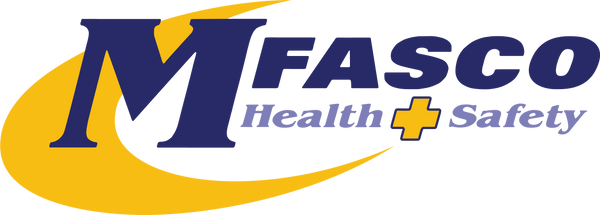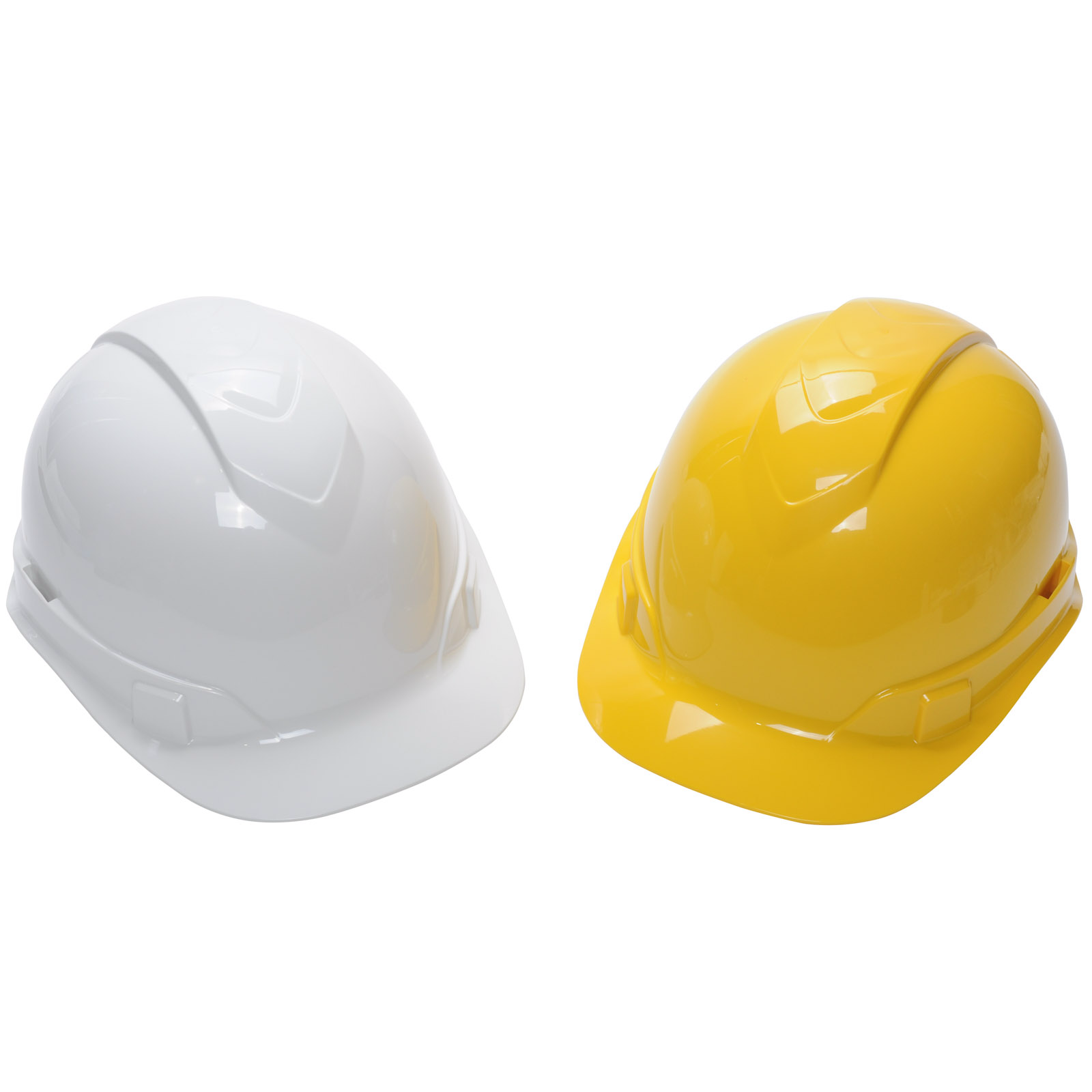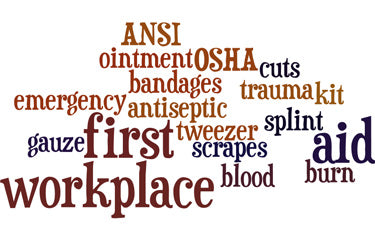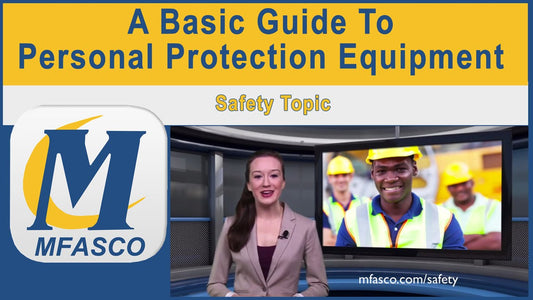5 Tips When Selecting a Hard Hat

5 Tips when selecting a Hard Hat
Hard hat design and technology have improved significantly over the years. Workers now have a wide variety of head protection to choose from. While hard hats definitely aren't a fashion statement, they are a requirement for all workers where there is a risk of electrical shock, burns, or impact from falling or flying objects. Common workplace environments that typically require hard hats are construction, mining, forestry, manufacturing, and many other types of work.
What makes a hard hat protect the worker?
Hard Hats are made up of two primary parts. The shell is the outer part made of plastic or fiberglass. It provides the impact protection required by ANSI. It also serves as a visible sign that the worker is protected. Colors identify the type of worker on the job as well. The other part that makes up a hard hat is the headgear. Also known as the suspension, this is the bridge between the worker and the shell. It is designed to absorb the energy of impact when an object strikes the shell. This will help reduce the potential injury. It also offers comfort and adjustability.
Head Injuries are on the increase
Even though the design and comfort of hard hats have improved, head injuries that cause lost time from work were up almost 5% from just a couple of years ago. These injuries can be serious and impact the quality of life for workers. It also increases costs to employers. Everyone wants a healthy worker and OSHA requires the employer to oversee and provide head protection for all workers exposed to these types of potential injuries. We've included 5 tips you should consider when searching and purchasing a hard hat for your employee.
Here are the 5 tips
Tip #1 - Select a hard hat that offers a comfortable fit - It makes sense that the more comfortable the hard hat is, the more likely it will stay on the worker's head. With today's innovations in headgear and composite materials, hard hats have never been more comfortable. Be sure to consider hard hats that have ample webbing built into the suspension and some sort of padding to offer maximum comfort
Tip #2 - Select a hard hat made from newer, lighter materials - As mentioned above, composite materials and even ABS plastics are durable enough to exceed ANSI requirements for impact yet they offer the added benefit of being lightweight. Look for hats that are made of lightweight materials when purchasing your hard hat.
Tip #3 - Select a hard hat that is Ansi Approved - Any hard hat, without exception, must be ANSI Z89.1-2014 approved. Industrial head protection is classified as Type 1 for top protection and Type ll for lateral impact. There are also several class ratings including "G" for general, "E" for electrical, and "C" for conductive. Be sure to read the standard, analyze your work environment, and select the appropriate type and class hard hat for your needs.
Tip #4 - Select a hard hat that offers an adjustable personalized fit - The key to user acceptance is comfort. light-weight hard hats are less cumbersome but if it doesn't fit right they will spend more time in their gang box, locker, or work-bench than on their head. Good headgear allows the user to adjust the size and position for optimum comfort and performance. Features like padding around the forehead or ratchet-style headgear and absorbent material all add to the comfort, adjustability, and ultimately acceptance.
Tip #5 - Select a hard hat that is accessory-ready - Many users are required to include face protection or hearing protection while they wear a hard hat. Many hard hats include accessory slots that can be used for those needed accessories. Be sure to consider those requirements when you purchase your next hard hat.
MFASCO Health & Safety on Choosing the Right Hard Hats
Most people know about hard hats and their importance. A head injury can be catastrophic, and even more so when the right protection could have prevented it. What’s less commonly known are the strengths and weaknesses of the many types of hard hats. The wrong hat can lead to discomfort and people wearing them incorrectly or infrequently. Just having hard hats isn’t enough, so MFASCO designed these tools to expedite the selection process.
Protective Equipment for the Workplace & Accessories
Additional Resources for Workplace Protective Equipment
Contributing Expert

Mike Brinker
Mike Brinker has been working in the first aid industry for over 35 years. He has worked with thousands of businesses,groups, and organizations to provide a healthy and safe work environment. Mike helped create “Make-A-Kit”, the internet's only online first aid kit creation tool. He has also authored many helpful first-aid and safety-related resource articles found at the MFASCO Learning Center.
























